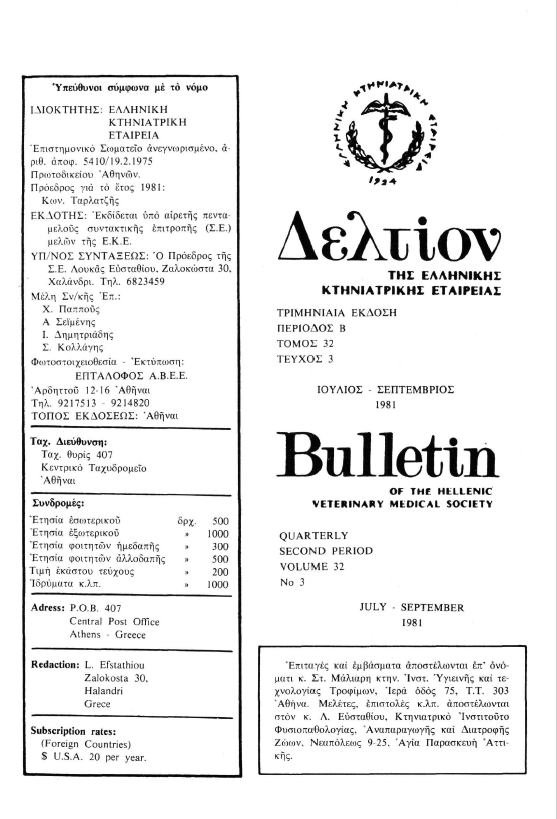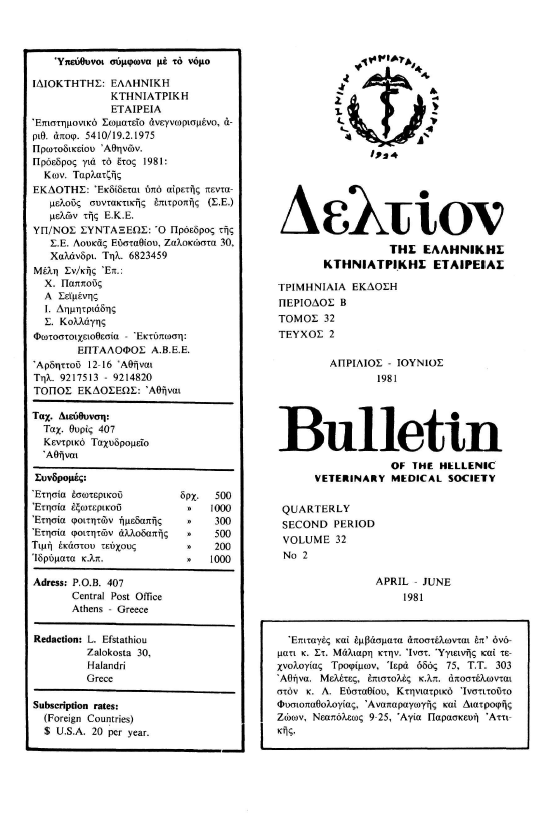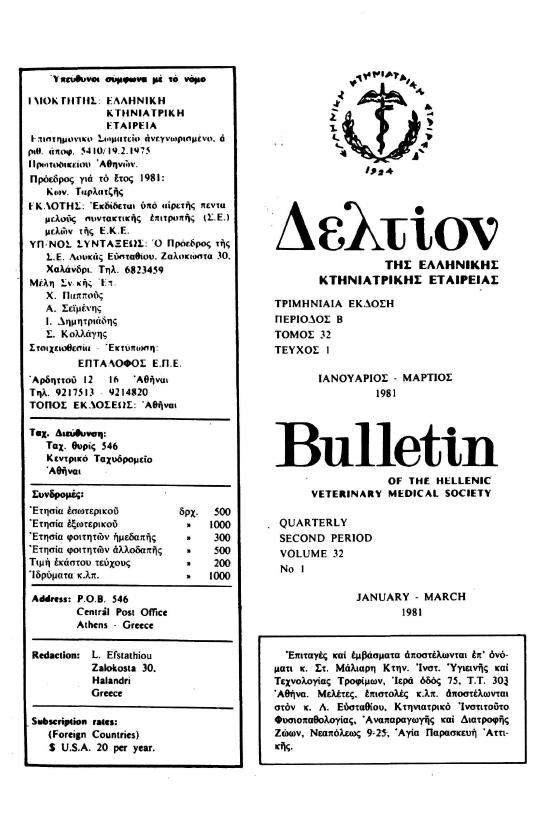Technological data of the industrial sausages production
Abstract
Sausages are a food that is prepared from comminuted and seasoned meat and is usually formed into a symetrical shape. The stages of the manufacturing sausages production can be estimated as follows: a) The choise of the sausage ingredients. In this chapter we examined the animal tissues and mainly the lean skeletal meats, the moisture, the proteins, the fat, the salt, the sweetening agents, the seasoning and the extenders that are non meat materials and are classified as binders animal or vegetable origin, as fillers, flour processed and as stabilizers, non meat extenders. b) The sausage emulsion , that is a two-phase system, consisting from salt-soluble meat mainly proteins and fat tissue. c) The color development in cooked sausages, through a process generally used with nitrite salts mainly in the curing formula. d) Filling of the comminuted meat in natural or manufactured casings, or in metal molds.
Article Details
- How to Cite
-
ΠΑΠΑΔΟΠΟΥΛΟΣ Χ. T. (2019). Technological data of the industrial sausages production. Journal of the Hellenic Veterinary Medical Society, 32(3), 228–242. https://doi.org/10.12681/jhvms.21501
- Issue
- Vol. 32 No. 3 (1981)
- Section
- Articles

This work is licensed under a Creative Commons Attribution-NonCommercial 4.0 International License.
Authors who publish with this journal agree to the following terms:
· Authors retain copyright and grant the journal right of first publication with the work simultaneously licensed under a Creative Commons Attribution Non-Commercial License that allows others to share the work with an acknowledgement of the work's authorship and initial publication in this journal.
· Authors are able to enter into separate, additional contractual arrangements for the non-exclusive distribution of the journal's published version of the work (e.g. post it to an institutional repository or publish it in a book), with an acknowledgement of its initial publication in this journal.
· Authors are permitted and encouraged to post their work online (preferably in institutional repositories or on their website) prior to and during the submission process, as it can lead to productive exchanges, as well as earlier and greater citation of published work.





